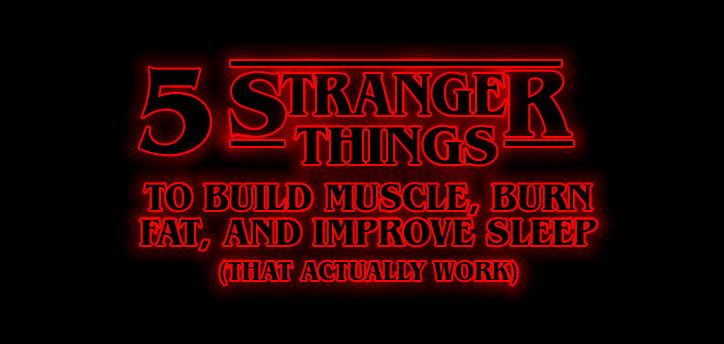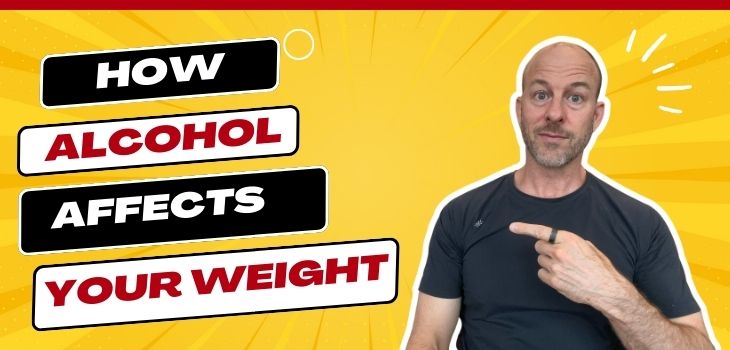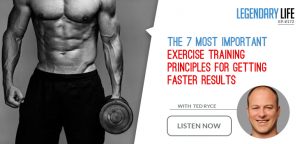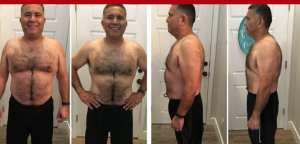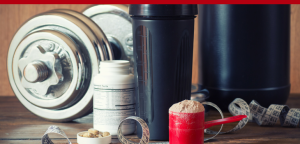Netflix’s Stranger Things quickly became a 2016 hit. After more than a year of waiting, it’s back in all its ’80s horror nostalgia with the show’s second season sneaking up on viewers, just like the last time.
If you like the show, you’ll love these 6 stranger-but-true things that can help you boost your energy at work, improve your performance in the gym and reduce inflammation and muscle soreness. And if you follow #3 you can improve your sleep quality.
What else can you ask for, right?
Now here comes the good part …
…all backed by science.
In this article, I’ll be sharing Strange tricks—from drinking beet juice to using blood flow restriction—to get you in better shape and improve your performance.
But, before I start, if you haven’t watched Stranger things, you should check this out.
I highly recommend it. I’m not a huge fan of horror movies these days, as I don’t find many of them scary or entertaining. But Stranger Things is different. It’s more like the X-Files meets the Goonies and has Stephen King’s baby. In fact, Stephen King, who’s influence is obvious in the show, had good things to say about it on Twitter:

But, back to the weird tricks…
…When I found these tricks I couldn’t believe it. But I’m a curious person so I like to test things. And I also like to check if there’s any science behind these claims. So, I did a lot research and tested them before I wrote this article.
And what I’m about to share with you here is all backed by science.
So, no scams or BS marketing to confuse you. Also, I’m not selling anything in this article and I have no stock or relationships with any of the products I recommend.
They’re just the ones I chose to use after researching my options. The sole purpose is to help you improve your health, body, and life. Because that’s what the Legendary Life Podcast is about.
So keep reading.
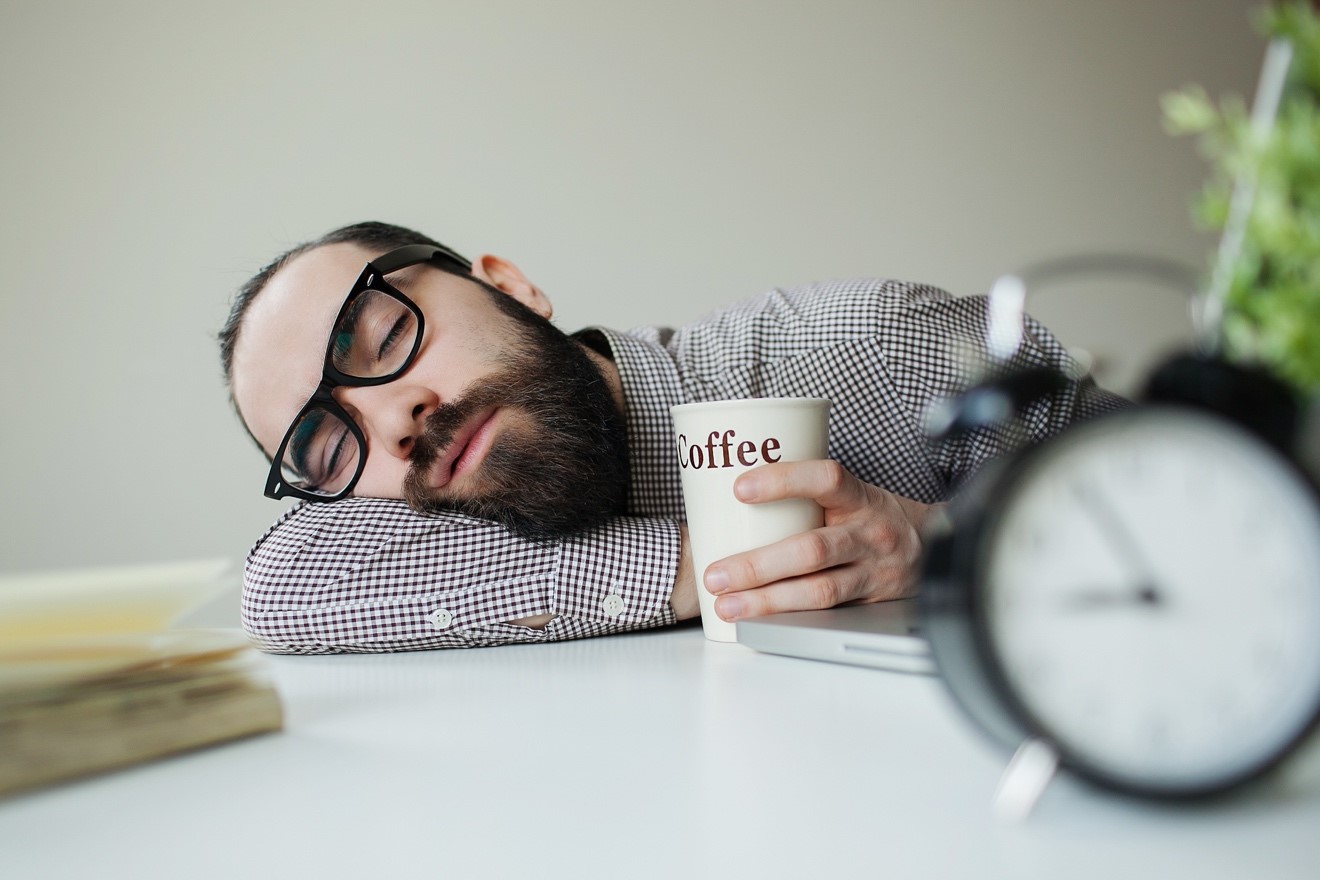
Stranger Thing #1: Take A Coffee Nap To Boost Alertness
In the past three days I’ve taken three naps during the day, a total of an hour or so of shut-eye while on the clock. And I have no shame about doing it.
Sleeping on the job is one of those workplace taboos — like leaving your desk for lunch or taking an afternoon walk — that we’re taught to look down on.
Do you often find your workday spiraling out of control? You start each day with a plan to get so much done, but soon find yourself becoming distracted, focusing on low-priority tasks and, simply, procrastinating.
If you answered YES, this strange thing will help you regain control of your time.
We all know that a cup of coffee can give us a boost. But what if I told you that drinking a cup of coffee immediately before taking a nap of 20 minutes or less, it could help you get back to normal.
Does that sound weird?
Let me explain the Science Behind Coffee Naps.
After you drink a caffeinated drink like coffee or tea, the caffeine is absorbed in your small intestine and eventually makes its way to your blood stream. Once the caffeine is in circulation, it passes your blood-brain barrier and enters your brain.
After it reaches your brain, the caffeine fits into receptors that are normally filled by a similarly shaped molecule called adenosine. This entire process takes some time—around 20 minutes or so.
Adenosine is a metabolic byproduct of brain activity. One of the reasons you feel tired is the build up of adenosine plugging itself into these receptors in our brain. When caffeine gets to these receptors first, it blocks adenosine. The result is that you feel awake.
In other words…
Sleeping naturally clears adenosine from your brain. A cup of caffeinated coffee takes about 20 minutes before the caffeine get into your brain to plug into those adenosine receptors.
So if you drink a cup of coffee and immediately take a nap, you’ll reduce your adenosine levels just in time for the caffeine to enter your brain and do its thing. This means that the caffeine will have less adenosine to compete with. The end result is that you will be more alert than if you just drank some coffee or took a nap separately.
Here’s what studies have shown…
A few studies have shown that coffee naps are more effective in boosting mental alertness than regular naps. A study published in the journal Psychophysiology discovered that when sleepy participants took a 15-minute coffee nap, they had fewer errors in a driving simulator than when they were given only caffeine or only took a nap (and a caffeine-free placebo pill).
Another study published in the journal Clinical Neurophysiology showed similar results. They found that the study participants performed significantly better on a series of memory tests after taking a 20-minute coffee nap than the other participants who had naps with other interventions like face washing or bright light exposure.
I’ll be honest with you, I love science. But, helping people taking massive action towards their goals is my passion. In this article, I’ll give you practical information for each stranger thing, so you can apply to your life right away and reap the benefits.
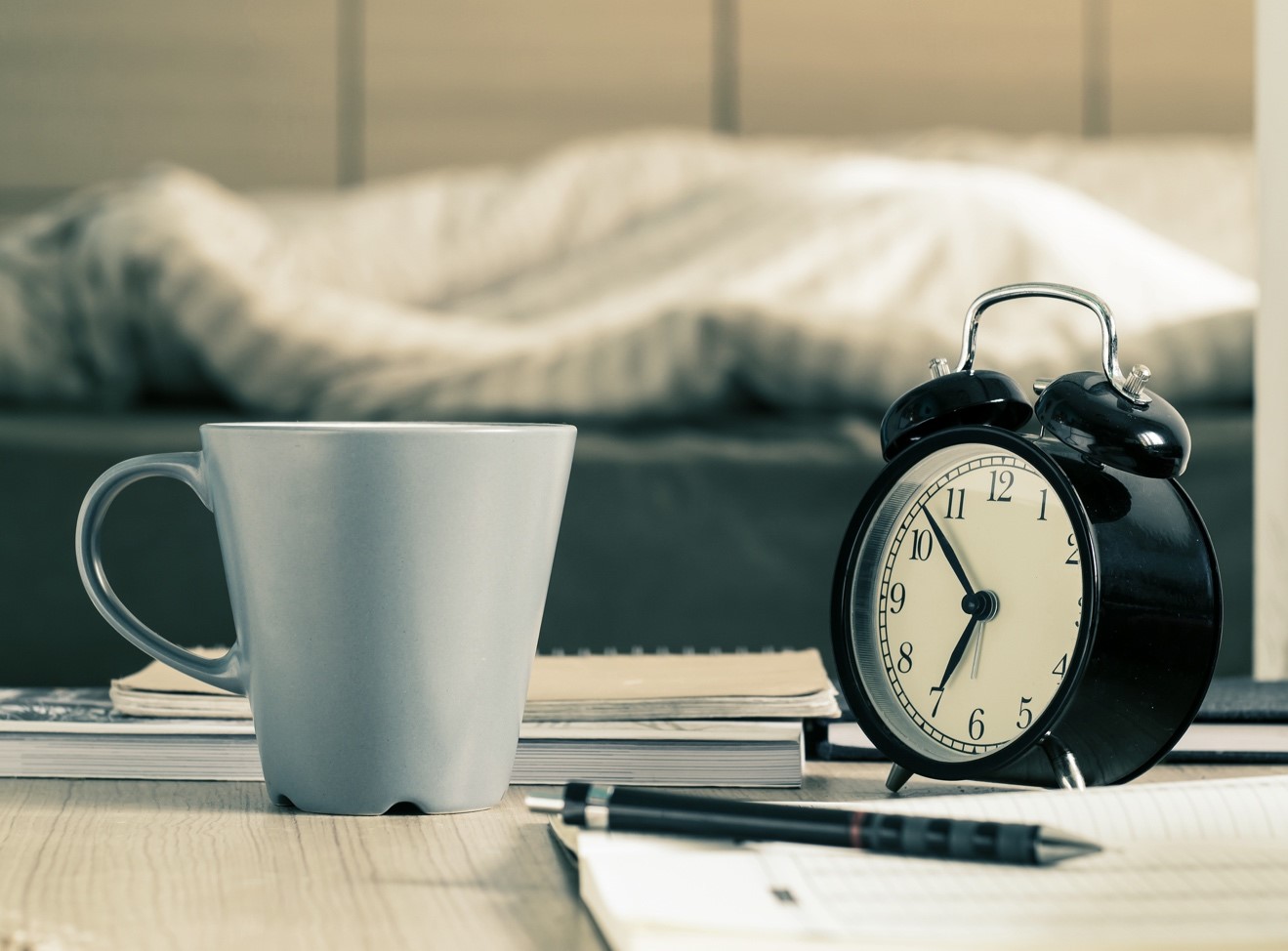
How To Take A Coffee Nap
1. Drink coffee. You could have another type of caffeinated drink, but teas and soda generally have less caffeine in them. How much should you drink? The amount of caffeine used in the studies was 200mg.
Here’s a database with different drinks and the amount of caffeine in them. You can also pop a caffeine pill like Natural Stacks Smart Caffeine, which has exactly 200mg in it.
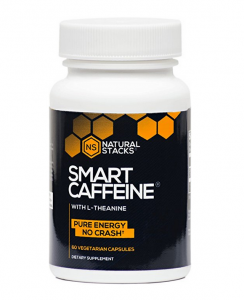
2. Immediately take a nap. If you wait too long, the caffeine will kick in and stop you from actually falling asleep (by binding to your adenosine receptors like we talked about earlier). So you’ll need to have your nap prepared beforehand.
3. Set an alarm to wake you up in 20 minutes. If you sleep too long, you may enter slow-wave sleep and you’ll get that groggy feeling when you wake up from your nap.
Who Should Take A Coffee Nap?
Coffee naps are about mental alertness, not necessarily improving your health. Only try it if you handle caffeine well and you need a mental boost for a pressing deadline or if you need to stay awake for a long drive. Otherwise, just take a regular nap.

Stranger Thing #2: Sleep In a Cold Room To Burn Fat
I’m the kind of person who is always hot and always cranking the AC low. Miami Beach weather is brutal—especially during the summer—and you’re always sweating.
I know to the perpetually cold among us, this sounds crazy, right?
You most likely already know that reducing calories while lifting weights and eating enough protein is the magic fat-burning recipe.
However, you can also burn fat just by turning down the thermostat while you sleep.
The promise of losing weight in your sleep may sound like a claim right out of a dubious infomercial. But recent research from the National Institutes of Health found that sleeping in a cool room has significant metabolism boosting and fat-burning health benefits.
You might still think this is a real strange thing and it’s hard to believe, but this seriously works.
So, before you decide to stop reading this article, let me explain the science behind cold exposure…
To understand how a cold temperature increases fat burning, you have to know a little about the different kinds of fat found in your body and their function.
You have two types of fat in your body:
- White Adipose Tissue (WAT)
- Brown Adipose Tissue (BAT)
Although the metabolic role of white fat is complex, you mostly know it as a place to store all those extra calories you eat. You know, in case a famine hits us or something. It’s also the stuff that causes inflammation and raises our risk of developing diseases like heart disease, diabetes and cancer.
Brown fat is quite different. The role of brown fat is to consume our stores of white body fat to generate heat in response to cold exposure. When we’re exposed to cold, our flight-or-fight response (i.e. sympathetic nerves) to release adrenaline in brown fat. This produces heat and cause more brown fat cells to be created.
Babies are born with a lot of brown fat because they don’t have the same warming ability as adult bodies. When we need to warm up, our muscles start shivering and our circulatory system shunts blood from the extremities to our core in order to keep our organs warm. Brown fat helps infants to survive until they develop these abilities.
However, most adults don’t have much brown fat. We live and work in climate controlled, central AC regulated homes and offices. And we layer up with jackets and sweaters to stay warm when it’s cold outside.
As a result, our bodies no longer have to burn off our white body fat to keep us warm. Some experts believe that this loss of environmental conditioning is playing a significant role in the obesity crisis.
Brown fat is a hot topic right now in scientific circles. Researchers are trying to develop a weight loss drug based on how brown fat works. That’s how much potential scientists think there is for brown fat to reduce body weight.
If you’d like to learn more about brown fat and its importance, I highly recommend the book What Doesn’t Kill Us by Scott Carney. He studied with the Ice Man AKA Wim Hoff and learned how to increase his brown fat stores as well as some other strange techniques.

It’s a wild, fun and informative book that will give you a new appreciation for the human body and what pre-industrial human beings suffered through before the advent of central heating.
While you could take regular ice baths or wait around for a pharmaceutical company to come out with a brown fat drug, there’s an easier—and less freezing—way to increase your brown fat stores. And the best part: you can do it in your sleep.
A study from the National Institutes of Health had male volunteers sleep in climate-controlled bedrooms during the experiment, to see how their temperature affected their metabolism. The research subjects were given identical meals to ensure they all took in the same amount of calories during the four-month study.
The temperature of the room was set to 75 °F (24 °C) during the first month, 66 °F (19 °C) the second month, 75 °F again for the third month, and 81 °F (27 °C) for the final month.
After a month of exposure to the coldest temperature, the participants had a 42% increase in brown fat and a 10% increase metabolism. However, the brown fat went away after the room temperature got warmer and was completely gone by the final month where the temperature was the warmest.
So, before you run to your AC and crank it down less than 66℉ (19℃) for 6 hours thinking you can burn 500 calories each day without doing any exercise or diet, I need to stop you for a second and explain how this stranger thing really works.
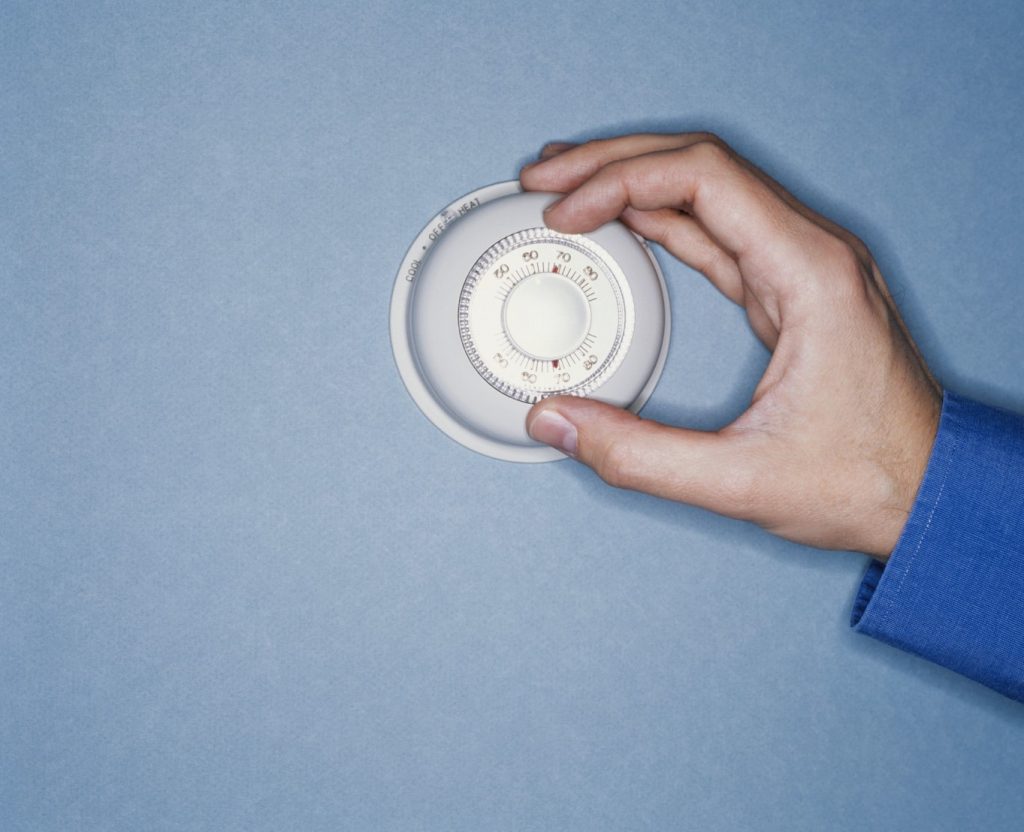
How to burn fat while sleep
Adjusting your bedroom temperature to increase your metabolism is pretty simple. You just crank down the AC to the coldest setting that still allows you to sleep. Studies have shown that the optimal temperature for improving sleep quality is 60 to 68 degrees Fahrenheit.
The NIH study that I talked about above used 66° F. Experiment within that range to see what you can handle. Personally, it’s hard for me to get lower than 68 degrees using an AC.
If it’s too cold for you, you may not end up being able to sleep. And don’t cheat by wearing thicker pajamas or using an extra blanket, as that will negate the brown fat generating effects of the cold exposure.
If you live in a colder location, you can also try using one less layer to walk around in. After reading What Doesn’t Kill Us and interviewing Scott, I make an effort to expose myself to cold as much as I can.
It’s hard to do here in Miami Beach because of the weather. And I love the feeling of feeling cold regularly, so I’m one of those people who counts the days until winter. What about you?
And there’s always ice baths if you’re a glutton for punishment. Just read up on how to do it properly so you don’t die from hypothermia!
One more thing…
If you think you can just crank down the temperature so you can lose fat without eating right or exercise, it ain’t gonna happen.
The increase in calorie burning seems quite modest unless you’re doing some of the extreme things Scott Carney talked about in his What Doesn’t Kill Us book.
That said, sleeping in a colder room at night improves sleep quality on its own. And sleep is something that can help burn fat independently of whether it’s chilly or not.
So sleeping in a cold room can theoretically help your weight loss goals in these two ways. Just don’t forget to eat right and exercise!
And if you need help with losing fat, check out my free training where I walk you through how to lose fat fast without starving or killing yourself at the gym.
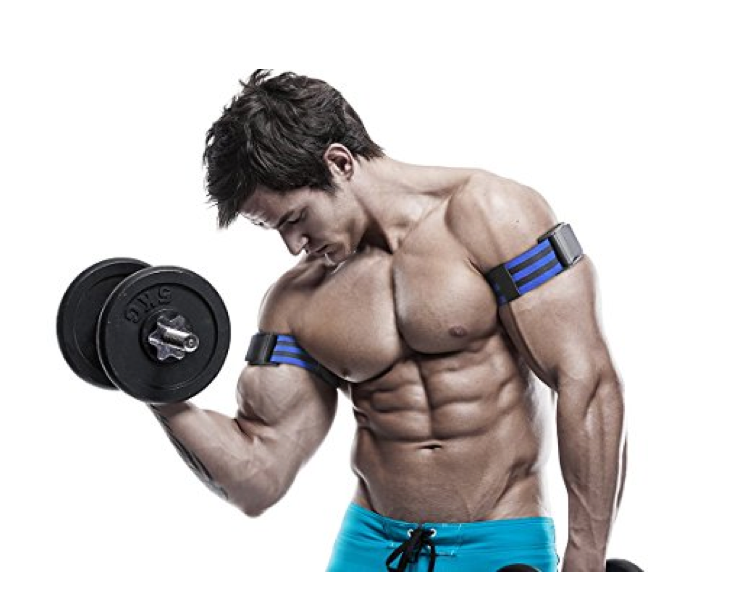
Stranger Thing #3: Build Muscle With Blood Flow Restriction Training
I used to think I’d get good muscle pumps during my workouts—until I tried blood flow restriction training!
But before I explain how you can start using this game-changing performance enhancement trick, I want to first ask you to keep an open mind.
It’s a strange trick for sure… but if you have joint issues and injuries that keep you from lifting heavy weights you want to keep reading.
I know, I know. This type of exercise sounds strange and may even seem dangerous at first glance.
Trust me, I felt the same way. I’ve known about it for years but didn’t try it until fairly recently. But the accumulating research validating this training method was too hard to ignore.
So I tried it on myself first, as I do with all new methods. And I was blown away with the endless applications for busy men and women looking to build muscle while avoiding excessive stress on the joints.
It isn’t for everyone. If you have heart condition that can be aggravated by a high heart rate, high blood pressure or exercise in general, then check with your doctor before giving this a try. But if you’re healthy except for a few joint aches and pains, then read on!
So, now that you know it’s highly effective and safe, I’ll explain what it is.
It’s a cutting-edge exercise technique that works by restriction blood flow from the veins but not the arteries.
You might be thinking, “How the hell did that get started?”
A Japanese man named Yoshiaki Sato invented Blood flow restriction training. It’s known as KAATSU there. Now in his 60s, Sato first realized the potential of KAATSU when he was 25 after breaking his ankle in a skiing injury.
Instead of taking the usual six months to recover, Sato used blood flow restriction training to rehabilitate his ankle in just six weeks.
Numerous studies have been done on this method since the 70s and its been used with elite athletes, recreational bodybuilders and the elderly.
And because this seriously works, here’s the science of Blood Flow Restriction Training:
BFR involves wrapping a band around the top portion of a limb to restrict blood flow out of the working muscle. So if you’re working your upper body, you wrap around your arms near your armpits. If you’re working your legs, you wrap around your top part of your thighs.
During properly performed BFR, blood is able to enter the muscle through the arteries. However, the blood is partially prevented from leaving the muscle through the veins. This traps blood in the muscle and causes the best pump you’ve ever had in your life.
Seriously, your muscles will be noticeably bigger after one round of blood flow restriction training. The theory is that the cellular swelling, which causes our muscles to get pumped, shocks the muscles into new growth.
I know that probably sounds like a really bad idea. But it’s not—at least for the short periods of time used in BFR training.
I thought the same thing about blood flow restriction until I delved into the research on it.
In fact, blood flow restriction training is an amazing way of building muscle and improving strength while reducing stress on your joints.
Since BFR training forces you to use much lighter loads than you usually would train with, it’s fantastic for those trainees with injuries.
One of my jobs is to find the safest and most effective ways to help you get in shape. And BFR is a technique that has proven itself safe and highly effective.
However, if you don’t want to try it, that’s cool too. You can still follow all the other stranger things mentioned in this article and improve your health, body, and life.
Now that we’ve gotten that out of the way, let me explain how you can start unlocking some new gains. Get ready for the best muscle pumps of your life, baby!
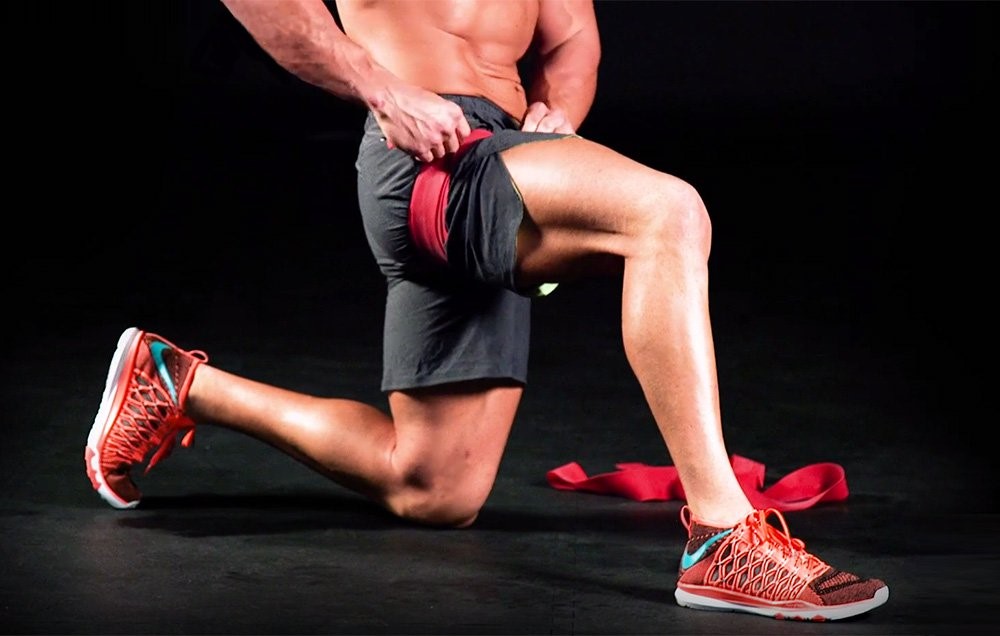
How To Perform Blood Flow Restriction Training
First, you’ll want to invest in some blood flow restriction bands. I use these bands with my clients and myself. I have both the arm and the leg bands. They’re fairly comfortable and easy to use.
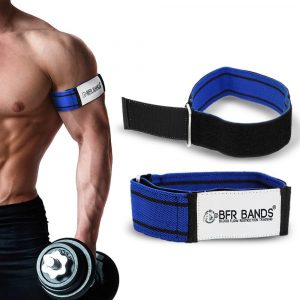
Second, you’ll want to wrap your arms or legs. Depending on which part of your body you want to work. Make sure you don’t wrap too tight as you can block off all your blood flow which is not a good thing. Wrap to a tightness level of a 7 out of 10. If you’re already in pain before you start your set or if your limbs are going number, undo the wraps and try it again.
Third, you’ll perform several sets of an isolation exercise with short rest in between sets. The protocol I like to use is this:
- Perform 30 reps
- Rest 30 seconds
- Perform 15 reps
- Rest 30 seconds
- Perform 15 reps
- Rest 30 seconds
- Perform 15 reps
After your all your sets are over, remove the wraps. Pretty straightforward, right?
The best exercises to use for blood flow restriction training are isolation exercises like biceps curls and triceps extensions for your arms. For your legs, I recommend knee extensions and hamstring curls.
You can also use this method for exercises like squats and bench presses, but it doesn’t seem as effective. So I suggest starting with the isolation exercises before experimenting with compound movements.
I hope I’ve inspired you to give BFR training a test drive. Personally, I credit it for increasing the muscle size and strength of my arms and legs without aggravating my joint injuries.
As many of you who read LL regularly know, I have several injuries that I’ve been dealing with from car accidents and martial arts training. I’m impressed with what BFR training has done for my clients and myself and I will continue to incorporate it into my training on a weekly basis.
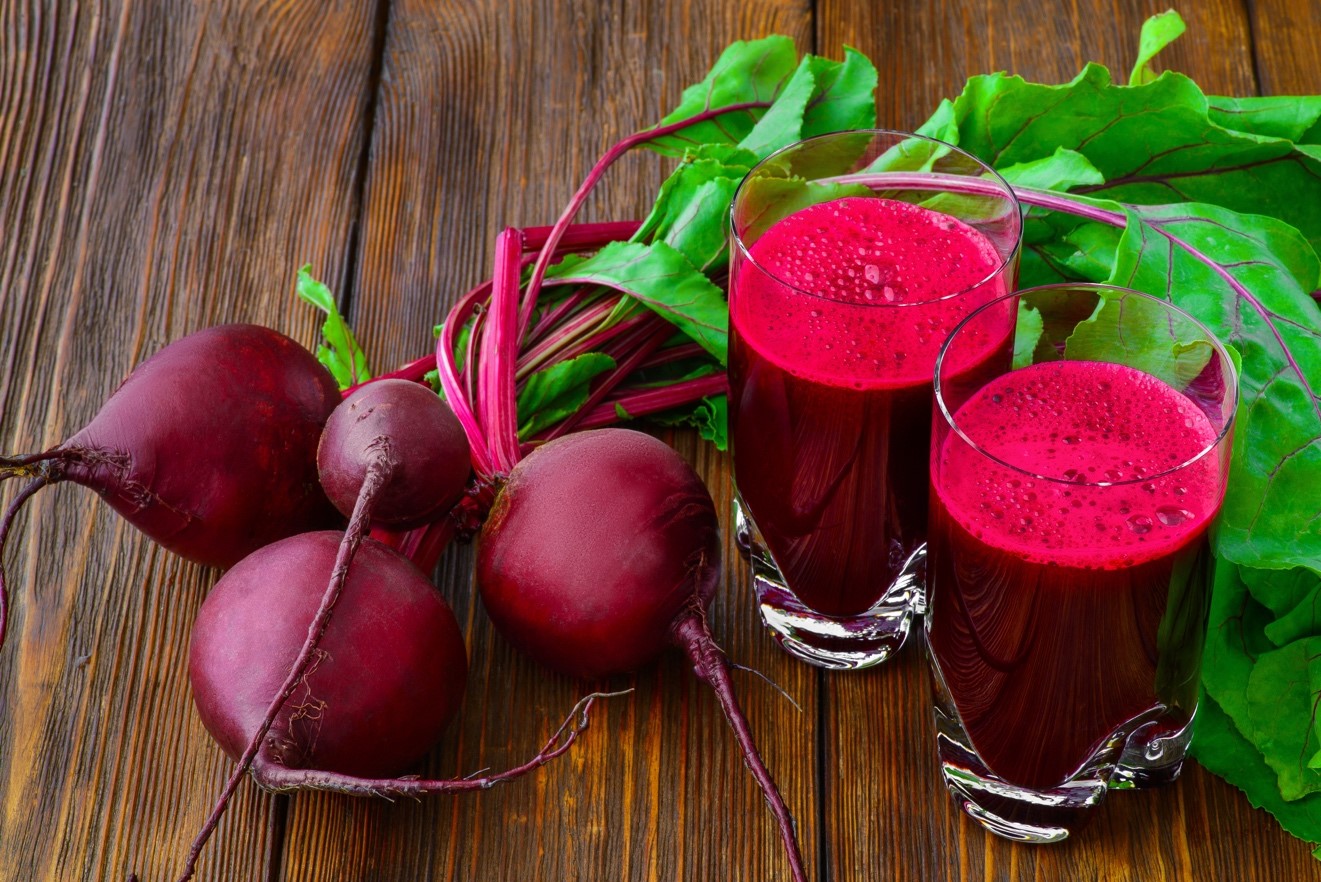
Stranger Thing#4: Drink Beet Juice To Boost Workout Performance
This is the story of how I started loving beet juice.
Even as a kid, I always LOVED my veggies, but beets were something I have never acquired a taste for.
Although I haven’t lived the “cleanest” lifestyle—especially when I was in my 20s in Miami Beach—I’ve been eating nutritious food and exercising regularly.
Even so, my blood pressure is on the high-normal side. Maybe it’s from all the sleep issues I’ve had or all the late night parties I’ve attended.
Or maybe it’s part genetic as my dad has extremely high blood pressure and has to take medication daily to keep it under control.
Taking medication is a last resort for me. Blood pressure meds have numerous side effects that I’d rather not deal with. So, I started to search for natural ways to lower my blood pressure.
Why?
Because, that’s who I am. I’m always looking for natural ways to fix my health issues and live a healthier life. I believe that foods have healing powers and can 10x our health without being on meds, like most of the people I know, including my dad.
In my reading I came across research showing that beet juice, also known as beetroot juice, can lower blood pressure.
So I started to add beet juice to my diet and beets to my salads.
Then, one day I was searching for a natural pre-workout for my client, I found out that beet juice could boost workout performance naturally.
That was an “aha” moment for me, because most of my clients reports a lot of side effects with pre-workouts.
In fact, there’s a whole category of memes dedicated to the effects of pre-workout supplements.
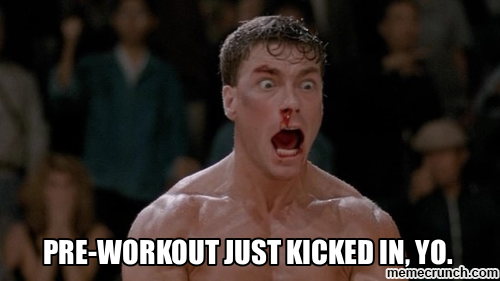
If you don’t get the joke because you’ve never taken a pre-workout supplement before, most of them are filled with stimulants like caffeine, yohimbine and dimethylamylamine.
Although the memes are funny, the side effects of high doses of stimulants aren’t so humorous.
Increased blood pressure, anxiety, rapid heart rate and even death are some of the side effects caused by taking stimulant-based pre-workout supplements. Even some coaching clients reported having trouble to sleep.
Like this one…

I’ve had some bad experiences using pre-workouts. I had to stop during my warm ups in Brazilian jiu-jitsu class because of taking a pre-workout beforehand. It felt like I was going to have a heart attack if I continued training.
The good news is…
That you can get a boost in performance and while improving the function of your heart by drinking some beet juice or eating some beets before your workout.
Loaded with antioxidants and anti-inflammatory properties, beets have long been known to reduce blood pressure and increase blood flow.
So, if you are one of those people that can’t go to the gym before taking a preworkout drink, you might keep reading to understand why beet juice can really help you improve your workout performance without ramping up your flight-or-flight response into overdrive.
Here’s the Science Behind Beets…
The performance benefits behind beets are from naturally occurring nitrates found in high amounts in vegetables like leafy greens and beets. When you consume these nitrates, they’re eventually converted into nitric oxide. Nitric oxide is what causes a boost to your strength and endurance.
A number of studies have found that beetroot juice taken before exercises allows you to workout longer before you get tired and reduces the oxygen cost of exercise. That means you can get a better workout in without feeling as tired afterward.
While nitrates and nitrites from processed food seem to harm our health, the improve health when they’re eaten in vegetables. (So, no, you can’t substitute hotdogs and bacon for beets.)
There’s even a study showing improved muscle power in patients with heart failure after drinking beet juice.
The good news is that you don’t need to pay exorbitant prices for beet juice from your local juice bar to get those benefits, either.
By juicing your own beet juice to supplement your regular diet, you can turborcharge your workout or even lower your blood pressure. See below how you can ditch your stimulant-based pre-workout drink for something natural.

How To Take Beets To Improve Workout Performance
How much beet juice do I drink?
Several of the studies used 500mL of beet juice. That’s quite a bit to drink before exercise as some people may end up with an upset stomach.
Another thing to consider is that if you’re a busy person, juicing 3-5 beets to get the necessary amount of juice is messy and time-consuming.
Alternatives to beet juice like powdered beets and beet juice concentrate have sprung up on the market.
Although there aren’t any studies on the beet powder, a bottled liquid shot called Beet It was used in some studies showing positive results.
Hint: Since the supplement business is a shady one full of products with unsubstantiated claims, I would buy from the company who’s subjected their product to research.
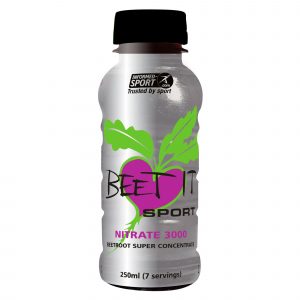
When should I drink beet juice before my workout?
Since it takes time for your body to convert the nitrates in beets to nitric oxide, you want to drink the beet juice an hour and a half to two hours before your workout.
Anything else I should know about beet juice?
Yes. The nitrates in beets are converted into nitrites by bacteria in our mouths. This is an important step that shouldn’t be overlooked. Drink your beet juice slowly and swish it around in your mouth before swallowing to get the desired effect.
I hope I helped convince you try to find natural solutions for your health issues and to stay away from dangerous pre workouts with big energy boost claims.
At the end of the day, we need to create habits that fit our busy routine and improve our health. Drinking chemical-laden pre-workout drinks don’t fit the bill.
And after 19 years in the health and fitness industry I can say that living a life with less processed foods, preservatives, and weird chemicals is the answer to living a longer and more active life.
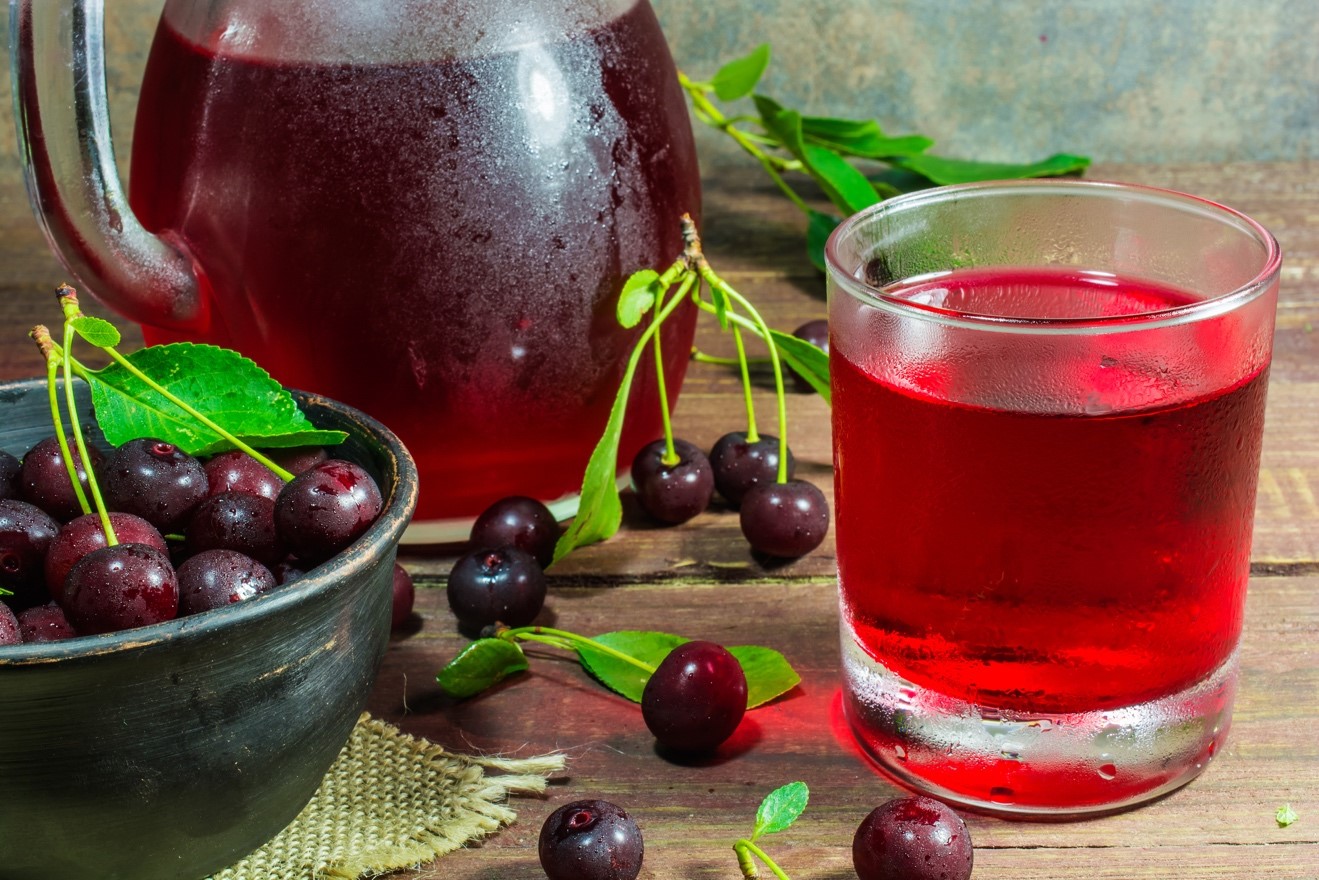
Stranger Things #5: Drink Tart Cherry Juice To Accelerate Recovery From Exercise
We’ve already learned that drinking beet juice before exercise can boost our workout performance.
What about improving recovery after a workout?
If you’re like most of my clients, you have those days where it hurts no matter which way you move.
Whether you’re a recreational athlete, gym fanatic or casual exerciser, you should consider recovery an essential part of your healthy lifestyle.
And I’m not talking about chilling in front of the TV until you feel ready to do something again.
I’m talking about dealing with the fatigue and soreness with a strange but back by science thing to help your body feel better, faster.
It’s called tart cherry juice. And it has numerous benefits such as faster recovery from exercise and improved sleep.
But, to prove that this powerful juice can speed up your muscle recovery, let’s dive into the science behind tart cherry juice.
The recovery boosting benefits of tart cherry juice have to do with its anti-inflammatory properties. Since cherry juice has a higher concentration of anti-inflammatory nutrients than the whole fruit, the research has focused on the juice.
Recent studies have found that regular consumption of tart cherry juice may accelerate post-workout recovery, increase overall training capacity and improve sleep quality.
In a 2010 study published in the Scandinavian Journal of Medicine and Science In Sport looked into whether cherry juice was more effective for recovering after a marathon than a placebo. Twenty recreational Marathon runners drank either cherry juice or a placebo 5 days before, the day of and for 48 hours following a Marathon run.
They found that inflammation was reduced in the cherry juice group and their isometric strength—a measure of muscle damage—recovered significantly faster than the placebo group.
Another study published in the journal Nutrients in 2016 looked into the effects of tart cherry supplementation recovery. The results led the researchers to conclude:
“These findings suggest MC is efficacious in accelerating recovery following prolonged, repeat sprint activity, such as soccer and rugby, and lends further evidence that polyphenol-rich foods like MC are effective in accelerating recovery following various types of strenuous exercise.”
In an earlier study published in British Journal of Sports Medicine in 2006, researchers found that in addition to improving recovery from exercise the participants reported sleeping better after drinking the tart cherry beverage.
Later, researchers put the claim of improved sleep to the test. Several studies, including this one and this one, found that tart cherry juice is as effective as or more effective than valerian and melatonin—the two most studied supplements for insomnia.
Enough about science, let try this strange thing so you can get back into the gym, and back into life, faster than ever.
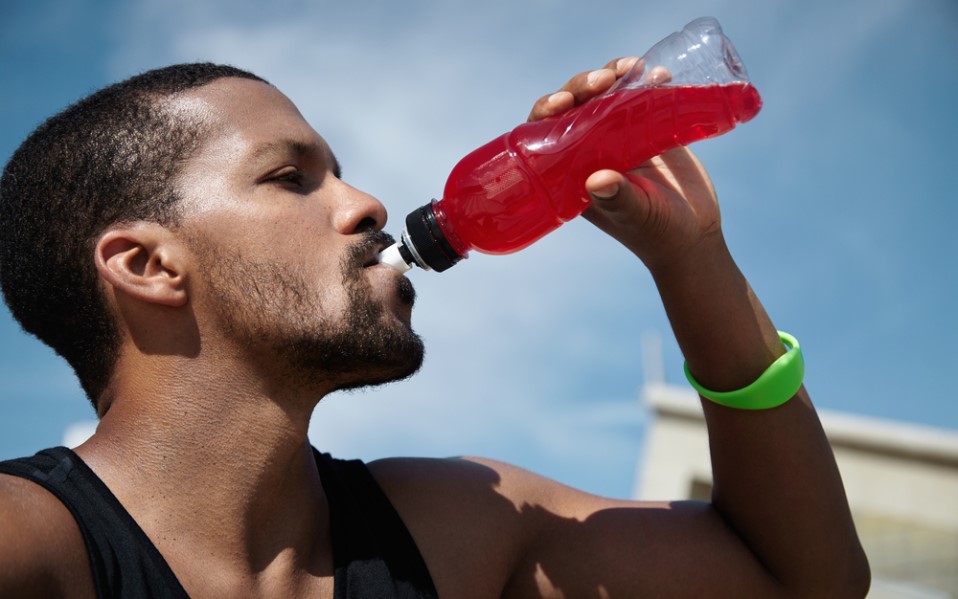
How To Take Tart Cherry To Accelerate Recovery From Exercise
How much tart cherry juice do I drink?
This depends on whether you’re drinking the juice or the concentrate. The studies I looked at used 12oz (or 355mL) of juice or 1oz (30mL) of concentrate twice a day.
When should I drink tart cherry juice before my workout?
If you’re using it for an event, the studies I read started supplementation 5-7 days before the event and the day of the event. The study I mentioned above about marathon runners also took tart cherry juice before, during and two days after their race.
Anything else I should know about tart cherry juice?
Yes, be cautious about which juice you choose. I like Cheribundi Tart Cherry Juice. The product tastes good (some juices are too sour) and the company seems up on the scientific research on tart cherries and health.
They claim to put 50 cherries in every bottle and also have a 7-day challenge where you drink 8-ounces a day to see if you notice a difference.
I suggest buying this 12-pack for 25 bucks and try it out. Although the 8oz per day is quite a bit less than the 12oz twice a day used in studies, I noticed a difference with my sleep and workout recovery.
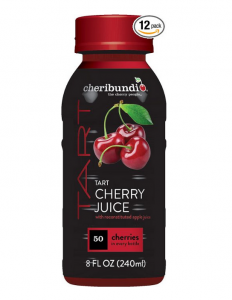
If you’d like to try something less expensive, I recommend Dynamic Health Certified Organic Tart Cherry Juice. This 16oz bottle gives you enough to try the amount of tart cherry concentrate used in studies. So try out having 1oz twice a day for 8 days and see if you notice a difference.
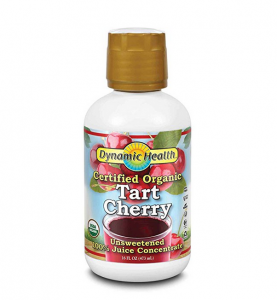
Your investment in tart cherry juice is a small price to pay for accelerated recovery from exercise and better sleep!
While you can beat the basics for optimal health, there are hacks, tricks and stranger things that can help take your performance to the next level!
Have you ever heard about any of these weird tricks? If YES, I’d love to know which one you’ve tried.
Like this show? Please leave us a review here — even one sentence helps! Consider including your Instagram handle so we can thank you personally.



